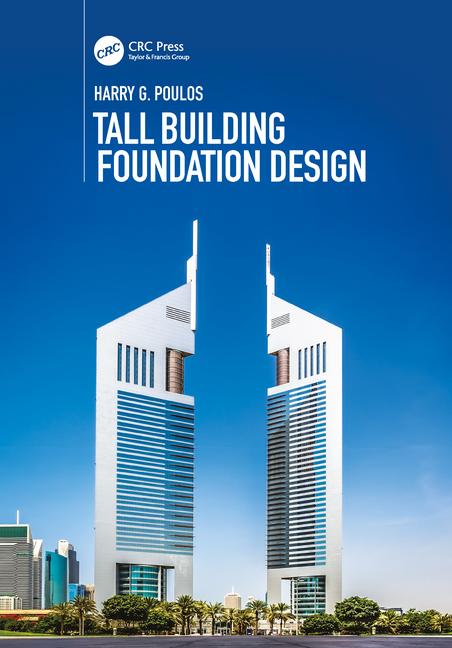Former Houston Warehouse Stages Remarkable Transformation

A new performing arts venue that opened in 2020 in Houston might be as unique as its name. The history of the new home of Stages, a producer of performances in H-town, adds an interesting layer to the story of the city’s newest entertainment addition.
The Gordy brings three theaters into one 66,850 square foot campus. The $35 million project, designed by architects at Gensler and Charcoalblue, an international theatre and acoustics design consultancy, was built in a former storage facility for the Museum of Fine Arts. It is named after philanthropists Russell and Glenda Gordy, who donated $5 million to the project.
In any metropolitan community, theaters play an important part in the cultural landscape. But The Gordy is even more critical because Stages is a 43-year-old community jewel, an organization in which locally-based artists and crafts people rehearse and showcase their work. Stages even provides learning opportunities, performance and product internship programs for college students, and a summer-time conservatory for middle school and high school students. “When I think of the top reasons to come to The Gordy, community is number one,’’ artistic director Kenn McLaughlin told Houstonia Magazine.
The finished product is all-encompassing. The building includes a parking garage, pedestrian plaza, two rehearsal spaces, dressing rooms, costume room, scene shop and office space. No detail was overlooked in the construction of every facet of the state-of-the-art building. The former warehouse spreads out over 40,000 square feet, and architects designed an addition to the structure.
“We work on multiple theater projects throughout the world,’’ said Bruno Cardenas, a theater and acoustic consultant with Charcoalblue. “Everyone was at the table in the design process. They were present, they cared and we were able to work with them. It was a good, collaborative process.”
Stars of the Show
The undeniable anchor to the building are three theaters, all of which offer intimate settings with different artistic vibes.
The Sterling Stage, with 252 seats, is a thrust-stage theater, meaning that it extends into the audience on three sides. The audience can view a performance from a variety of perspectives, and includes tiered seating with handmade velvet seats, by Canadian firm Ducharme Seating.
The Lester and Sue Smith Stage includes 220 seats and has the capacity to remove entire sections of the theater to accommodate different productions. The 134-seat Rochelle and Max Levit Stage is a smaller warehouse stage that is remarkably flexible. It can be configured in countless ways and includes removable loose seating to aide in the flexibility.
While distinct, the overriding theme with each stage is intimacy. Charcoalblue designed the auditoria, seating, stage lighting and audiovisual systems, stage engineering and acoustic design of The Gordy. The overall design intent sought to create settings that helped connect performers and audiences.
“Together, they provide a varied and dynamic setting for live theater experiences of all kinds, from world premiere plays to jukebox musicals and everything in between,’’ Joel Burkholder, The Gordy’s Product Manager and Technical Director, said in a press release. “We produce intimate theater. The farthest seat from the stage across all three spaces is just 18 feet.”
Challenging Acoustics
With three venues in one venue, Charcoalblue worked with Gensler and the rest of the design team extensively to create acoustic isolation during simultaneous performances.
“Sound separation was an important part of the design process,’’ Cardenas said. “The Sterling Stage and the Smith Stage were designed to be used at the same time. The big aspect in designing them was to make sure they were well isolated from each other and adjacent spaces. It was also challenge because they are flexible spaces to be used for drama, spoken word shows, and musicals. We considered the room’s acoustic design to ensure people can understand what is happening on the stages.”
From the outset, acoustical considerations played an important part in the design of the building and the stages. “We worked on that very early in the design process,’’ Cardenas said. “We asked questions such as ‘Where are the seats going to go? How are we going to get in and out of these spaces?’ Then we worked with the structural engineer to see what that they needed and to see what efficiencies we could find in there and our design approach. We also had to be concerned with fire rating. Right from the beginning, we worked with Gensler to identify the things we each needed.”
Eliminating Outside Noise
Among the products that help enhance the theater’s acoustics are smoke vents manufactured by The BILCO Company. Seven acoustical smoke vents – 2 are 4-feet x 7-feet, 6-inches, and the others are 4-feet x 6-feet – limit noise intrusion from the exterior and carry STC and OITC-46 sound ratings.
BILCO’s acoustical smoke vents are widely used in concert halls, theaters and other interior applications that require limiting noise from the outside. They also include the standard smoke vent properties that help firefighters bring a fire under control by removing smoke, heat and gases from a burning building.
“We spent a lot researching designing the envelope of the performance space,’’ Cardenas said. “With the acoustical hatches, you won’t hear rain, you won’t hear traffic. With a regular smoke hatch, you will hear sirens and other external noises. It’s not the noisiest sight, but you don’t want exterior noise to become an issue.
BILCO unveiled a new acoustical smoke vent in 2020 that has the highest industry rating in the field. The new model features an STC-50 rating and an OITC-46 sound rating. They also feature a Thermolatch® II positive hold/release mechanism that ensures reliable vent operation when a fire occurs, and the vent automatically releases upon the melting of a UL-listed 165° (74C°) fusible link. Forney Construction served as the general contractor on the project, while Peak Roofing installed the smoke vents that were procured by specialty contractor JM Maly.
Waiting Game
Similar to all theaters, The Gordy faced its share of challenges amid the worldwide pandemic. The theater that promised to become such an important part of the Houston arts community needed to wait a little longer before it could feel the community’s full embrace.
Stages developed virtual programming to help weather the coronavirus storm, and the building was paid for through the generosity of the Gordys and other city philanthropists.
As the virus subsides, a whole new opportunity awaits Houston showgoers to enjoy The Gordy’s wide range of shows and events. Its unusual setting, in the heart of a redeveloping neighborhood, along with its intimate stages and clever programming give the community an experience that makes other communities wishful.
“What they do at Stages is interesting, and it’s continuing to grow,’’ Cardenas said. “Getting a bigger space that allows them to do bigger things is nice to see. It will be interesting to see how they grow into their building.”
Looking for a reprint of this article?
From high-res PDFs to custom plaques, order your copy today!








